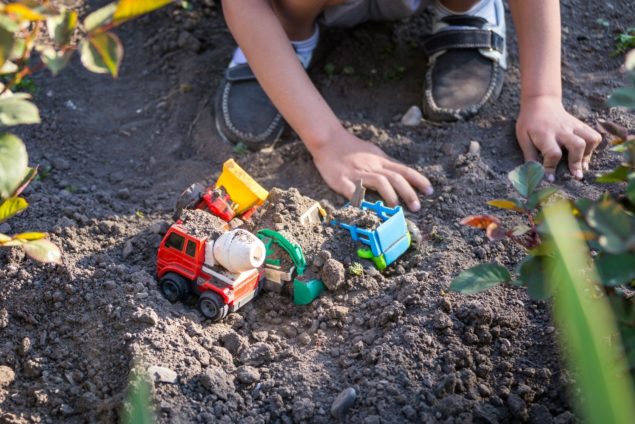|
Getting your Trinity Audio player ready...
|
 The U.S. Environmental Protection Agency (EPA) has awarded $1.26 million to FIU chemist Natalia Soares Quinete as part of a $9 million initiative to research children’s chemical exposures from soil and dust.
The U.S. Environmental Protection Agency (EPA) has awarded $1.26 million to FIU chemist Natalia Soares Quinete as part of a $9 million initiative to research children’s chemical exposures from soil and dust.
Seven universities are included in the nationwide research to better estimate exposure to toxic chemicals, including mercury, polychlorinated biphenyls (PCBs) and asbestos. The grant is part of the EPA’s Science to Achieve Results (STAR) Program to help improve children’s health.
According to the EPA, accurate and comprehensive measurements of soil and dust ingestion rates are critical for effective risk assessment, reduction, mitigation and prevention measures.
“It is our duty to protect the health of those most vulnerable among us, including our children,” said Jennifer Orme-Zavaleta, acting assistant administrator for EPA’s Office of Research and Development and the EPA science advisor. “The researchers receiving these awards will improve our understanding of how children are exposed to chemicals, which will inform future actions to reduce these exposures and better protect their health.”
Young children may ingest significant quantities of soil and dust because they often play on the ground and put their hands and other objects into their mouths that have dust or soil on them. For children, especially those 6-months-old through 6-years-old, soil and dust ingestion can be the main route of exposure to toxic chemicals. This research will focus on improving estimates of children’s ingestion rates of these chemicals.
Quinete — who is an assistant professor in the Department of Chemistry and Biochemistry and the Institute of Environment — will use this grant to identify specific tracers of dust and soil exposure combined with relevant environmental information to estimate soil and dust ingestion rates in children. Funding will also support graduate students and postdoctoral researchers at FIU.
“Toxic chemicals that may be present in soil and dust can impact the health of younger children, but we don’t know yet how to accurately estimate chemical exposure by soil and dust ingestion,” Quinete said. “With this grant, we will identify chemical tracers using innovative analytical methodologies, and will also focus on understanding the impacts on underrepresented groups of children living in Florida.”
The other six universities participating in the research are Emory University in Atlanta, Ga., Johns Hopkins University in Baltimore, Md., New York University, North Carolina Agricultural and Technical State University in Greensboro, University of California Davis, and University of Nevada-Reno.
EPA’s STAR Program aims to stimulate and support scientific and engineering research that advances EPA’s mission to protect human health and the environment. It is a competitive, peer-reviewed, extramural research program that provides access to the nation’s best scientists and engineers in academic and other nonprofit research institutions. The STAR program funds research on the environmental and public health effects of air quality, climate change, environmental justice, water quality and quantity, hazardous waste, toxic substances and pesticides.





